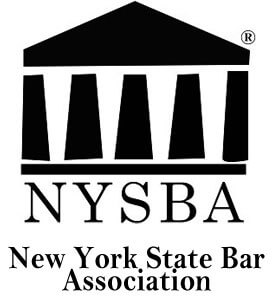
However, the NY bar being one of the leading bar associations in the country (the Wall Street advantage): when the NY bar is trying to investigate what’s gone wrong with the legal job market, – we do expect interest as well as results. It gives hope that may be a solution would be found to restore the supply-demand balance to pre-recession times and alleviate the pressures on soon-to-be-homeless law graduates saddled with non-dischargeable debts.
Carey R. Dunne, the new president of the NY Bar Association, and chairman of the litigation practice at Davis Polk, told the WSJ that “This isn’t just a hand-wringing exercise” and he expects results to be definitive.
However, the economic recession only forced businesses to rethink their relations vis-à-vis lawyers and law firms, and made those grievances explicit that were already implicit. Corporate clients have begun to create streamlined in-house legal departments with results measurable by and accountable to standard business metrics. There has been a rise in alternative billing models, like flat-fee (fat-free?) structures that shift away from the traditional billable hours model practiced by law firms. There has been a rise in legal staffing companies and temporary law jobs with rates as low as $25-$30 an hour to review documents. E-discovery companies are using modern software to do the work that needed armies of associates. The new graduate out of law school is also out of traditional document review and discovery work that used to pay hundreds of dollars for the hour.
Meanwhile, law-school tuition has continued to escalate, with law school graduates filing lawsuits against their schools accusing them of tampering with data and misrepresenting the actual state of the legal job market or their standing within it.
However, Mr. Dunne said such finger-pointing was myopic in nature, and one of the purposes of the task force was to have exchange of information and perspectives between the components of the legal job market. He said the focus until now has been constricted to include only large firms and top law schools, but “A different story needs to be told at the other levels of the market.”

